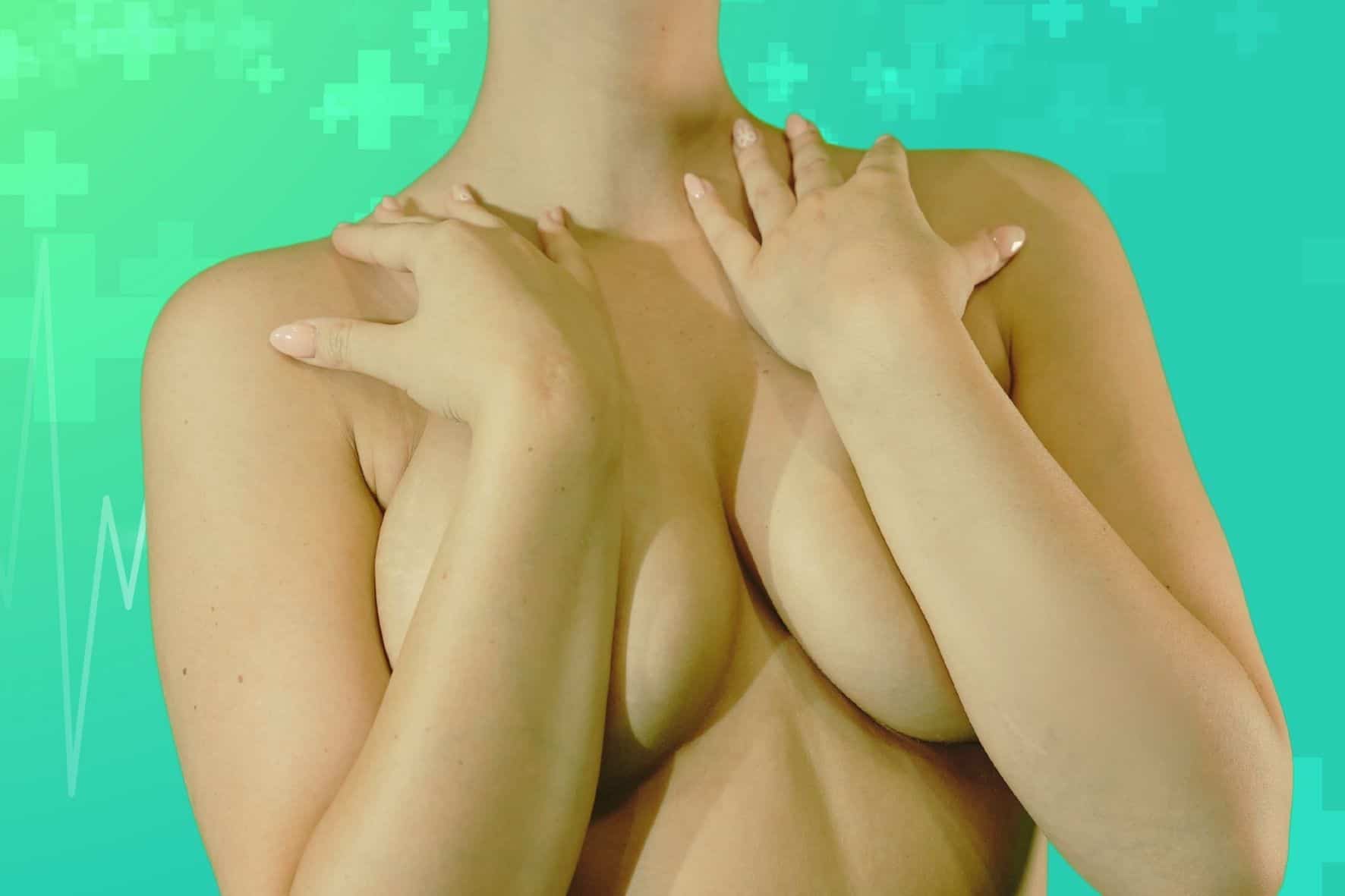Not every lump means its breast cancer said Dr Jonathan Redelinghuys. There are some benign impostors that can cause fear in women.

October is breast cancer awareness month, and ongoing campaigns have, in particular, prompted many women to be tested and successfully detect the disease early.
But sometimes, a lump is not cancer.
There are a host of rare and deceptive breast conditions that can look like cancer, but they’re not.
“Imagine being told that you may have breast cancer, only to find out weeks later that it’s not,” said psychologist and medical doctor Dr Jonathan Redelinghuys.
“The anxiety, sleepless nights and emotional toll of waiting to find out can be really hectic. These lesser-known conditions can be emotionally cruel because of the fear they create,” he said.
There is a disease called Granulomatous Mastitis. It’s a big name. And it’s a chronic condition, said Dr Redelinghuys, it’s the unpredictable inflammation of the breast tissue.
He said that it affects premenopausal women and that its cause remains unknown.
“The symptoms can be dramatic with pain, swelling and redness. Then, the symptoms could as easily disappear for long periods at a time before flaring up again.”
Clinically, it can look a lot like inflammatory breast cancer. “It makes it a real challenge for both patients and doctors,” he said.
It looks like breast cancer, but it’s not
This is because what doctors call inflammatory breast cancer shares visual similarities with Granulomatous Mastitis. This manifests as swelling, redness, and sometimes an orange-peel texture caused by lymphatic blockage.
“The key difference is that inflammatory breast cancer tends to progress rapidly, often with lymph node involvement under the arm, while Granulomatous Mastitis may come and go. Unfortunately, that distinction is not always obvious at first glance,” he said.
Fat necrosis, the death of fatty breast tissue following surgery, trauma or radiation, mimics the symptoms of breast cancer too.
It is more common in women over fifty, said Dr Redelinghuys.
“Fat necrosis can produce firm lumps that feel exactly like cancer and even look identical on a mammogram,” he said.
“Women often panic when they find a hard nodule, but it is simply the body’s healing response to fat tissue injury. Over time, these lumps can calcify, flatten or disappear entirely,” he said.
“In some cases, fat necrosis behind the nipple can cause it to retract, further fuelling anxiety. That’s why imaging and sometimes going for a biopsy are important for an accurate diagnosis.”
ALSO READ; Skin self-care during pregnancy
Tuberculous Mastitis is caused by infection from the same bacteria that cause tuberculosis. It is very rare, but as deceptive, said Dr Redelinghuys.
“It typically appears as a hard lump, often in the upper outer quadrant of the breast, that may attach to the skin or chest wall. Because it’s so rare, especially in countries where tuberculosis is not common, doctors may not even think of it,” he said.
“But in South Africa, where tuberculosis is still prevalent, it’s something we must always keep in mind. The lump can ulcerate and form abscesses, all of which can mimic advanced cancer.”
The same bacteria that causes TB can look like breast cancer
Then, there is Diabetic Mastopathy. This condition occurs mostly in women with long-term insulin-dependent diabetes. It causes large, firm and painless lumps that can occur in one or both breasts.
“These lumps are not malignant but are often indistinguishable from breast cancer to the touch or even on scans,” Dr Redelinghuys said.
Finally, there’s something called Sarcoidosis of the breast. It is rare, too and happens when a small cluster of immune cells forms in response to infection or inflammation or when some foreign item or substance is unable to be removed from the body by itself. It’s called a granuloma.
It appears as a painless lump or firm mass on scans, with irregular edges.
“It is so rare that many patients have never heard of it,” he said. “A biopsy is usually the only way to tell it apart from cancer.”
Dr Redelinghuys said that what all these conditions share is not just their physical presentation, but the psychological trauma they cause for women and their families.
“The word lump triggers fear. Even when told it is benign, many women struggle to trust that diagnosis, especially if they have lost friends or family to breast cancer,” he said.
“For some, every flare-up of pain or redness reawakens that dread,” he said.
See your doctor, always
He said that women should seek medical advice immediately when they notice any kind of breast change.
“But remember that not every lump is cancer. Early checkups save lives, but knowledge saves sanity,” he said.
“Understanding that there are benign conditions that can look identical to cancer gives patients a sense of control. It is the fear of the unknown that does the most emotional damage.”
NOW READ: Forget introverts and extroverts. Are you secretly an otrovert?






